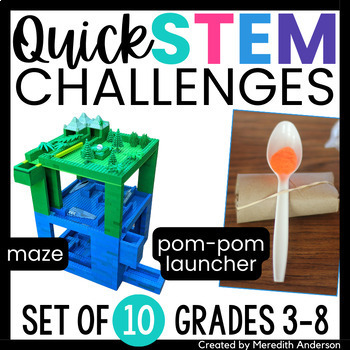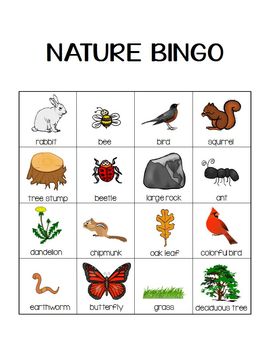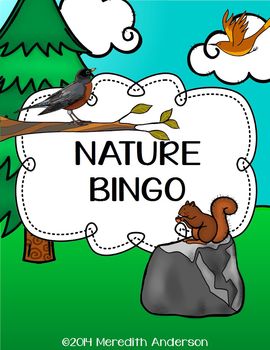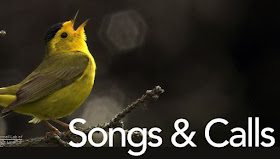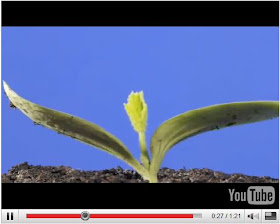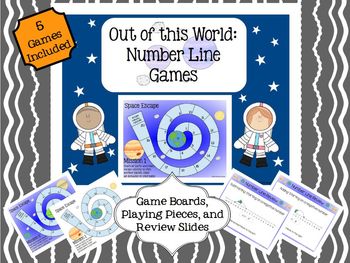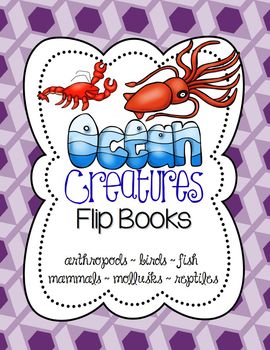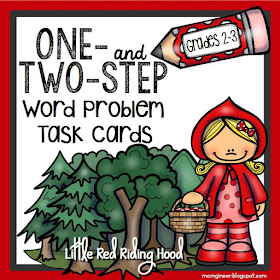This is a re-post of an earlier post, but I thought it was worth sharing again.
We were fortunate enough to attend a workshop last week led by
Larry Cohen (of
Playful Parenting
). When he released his book
The Art of Roughhousing
, he did a series of workshops to explore this fun topic. It is definitely worth a read! Some kids
need
to connect physically in order to connect emotionally. If your child is
sensory-seeking, he may respond to some of these ideas. You may find
you enjoy the games as much as your child does, and you will be sure to
have lots of belly laughs and smiles. Sometimes a child that may seem
defiant, just needs to feel like their voice is meaningful and is being
heard. When a child is occasionally given a "powerful" role, they may
become more cooperative at other times. Why not give it a try?
Some fun roughhousing games we have played in the past:
The wriggle game:
This
is also called "You can't get away from me!" but I like the term
wriggling. Basically you encircle your child with your arms (but don't
hold them tightly) and say something like "I bet you can't wriggle out
of here!" If it is their first time, make sure you don't make it too
difficult to get out. It will help build up their confidence. As they
get better at it, try moving all around with them as they are wriggling
to make it more difficult for them to get out from your arms.
The push down game:
This game is fun from the toddler
years
on. For a toddler, squat down to their level and tell them to try to
push you over. If you're squatting, it will probably not take much
effort for them to throw you off balance. Fall back and elaborately
groan about how they pushed you over, and then ask if they want to do it
again. They will most likely get a big kick out of seeing an adult fall
over for a change, instead of themselves. For older kids, kneel but
keep your body tall so you are close to their height and tell them to
push your shoulders, or hold up your hands like you are going to
high-ten them and tell them to push your hands.
The bridge game:
This
is best played with another adult around, though it can be done solo as
well. Lie down on your back with your feet and the other person's feet
touching sole to sole. Lift your legs up (while keeping your feet
touching) to make an inverted V. Tell the child(ren) to run under the
bridge without getting crushed (legs lowered). For older kids, you can
open your legs to "catch" them in the bridge and dare them to escape.
They will most likely delight in running and crawling under the bridge
over and over.
Feats of strength:
It's a
far cry from the Festivus feats of strength, but this is a lower-energy
way to encourage body awareness and strength. If you've had a long day
and need to sit on furniture instead of the floor, or you're nursing
your little one and the older one needs attention, this can work for
that. Put your arms up like you are going to clap them, but spread them
a little further apart. Ask if they can push your hands together.
Resist. Repeat!
These never seem to get old with H&F. A few things to be mindful of:
- Check in with your child periodically to make sure they are still having fun.
- If your child tends to get riled up easily and has a hard time
re-centering, take breaks every so often to make sure they don't feel
out of control of themselves. One way we do this is by slow deep
breathing and counting slowly backwards from 10.
- Try to reserve time for roughhousing as a parent-child activity and
you may spare yourself issues that arise from child-child roughhousing.
If there is an outlet for this kind of energy, children will be less
likely to unleash on their sibling or friend.
We played some other fun physical games at the workshop,
including pillow fighting, which I'm sure will be detailed in the book.
Do you have favorite roughhousing games you play with your kids?
This is a physical extension of playful parenting. It
takes conscious action to not immediately react in times of frustration
with your child, especially if you are tired yourself. However, being
goofy and playful is one of my best parenting tools, even as my children
grow older.


